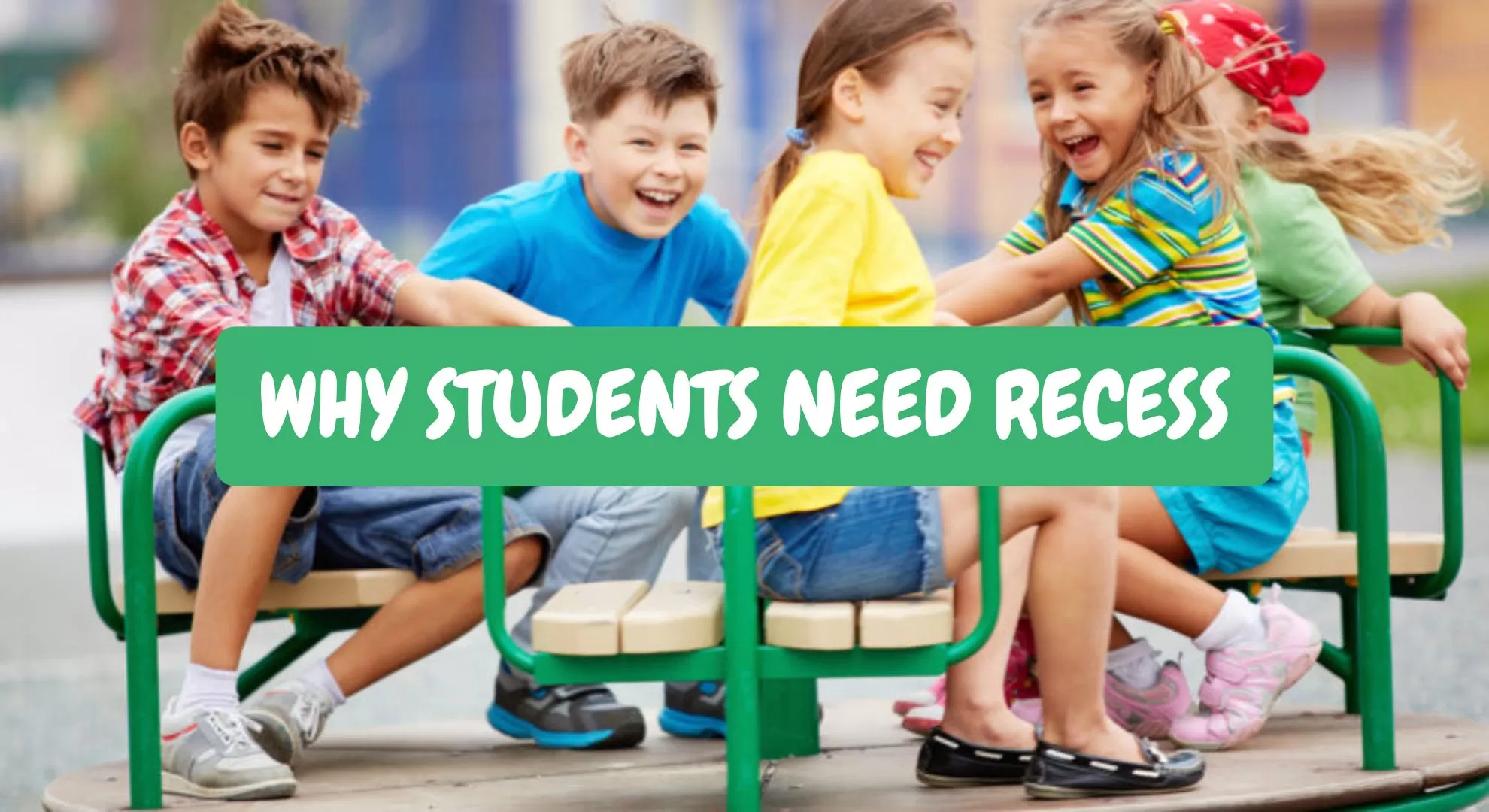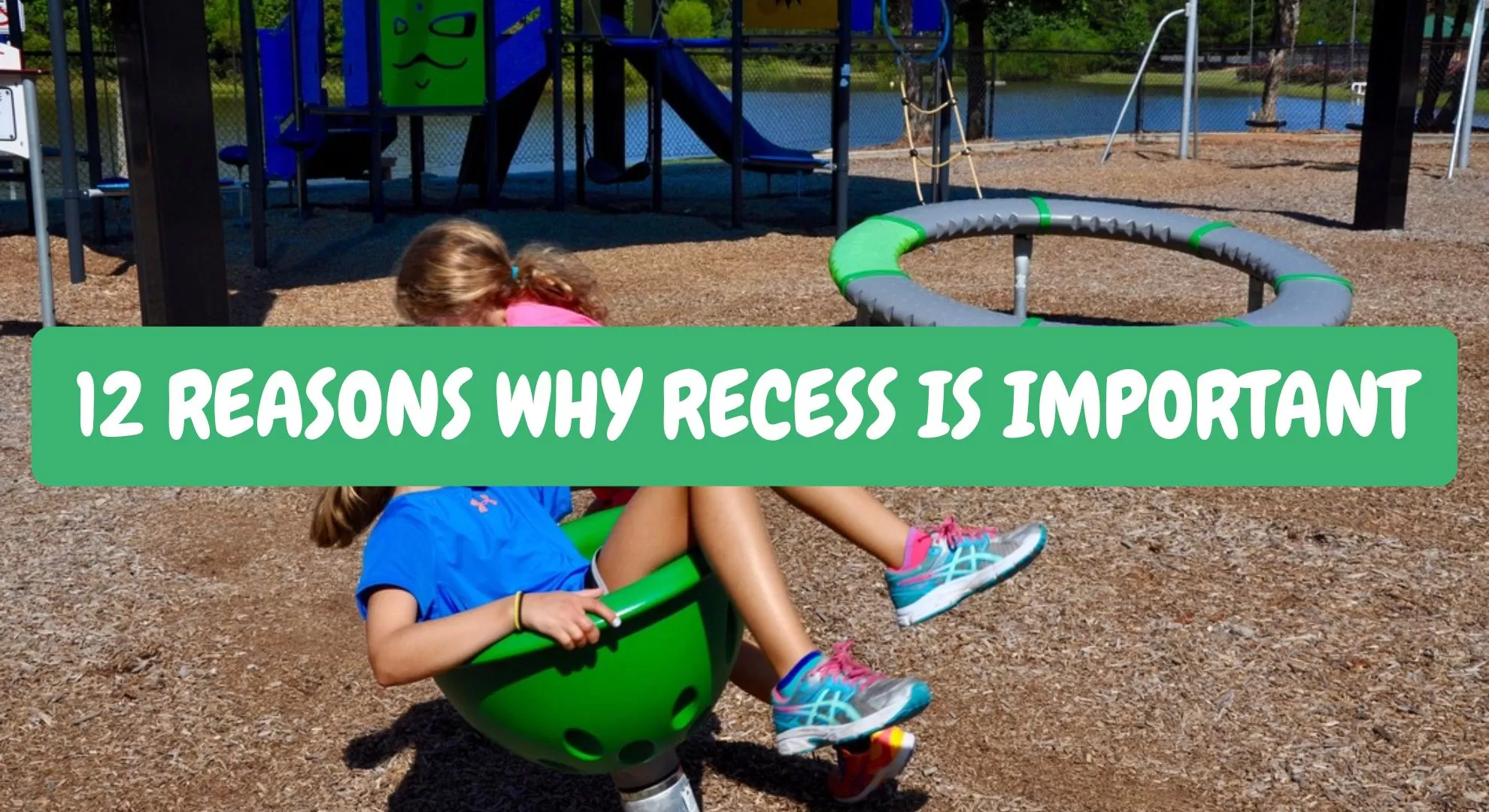Recess isn’t just a break from class—it’s a critical component of childhood development. As childhood obesity rates have more than tripled in the past three decades, schools are rethinking how to integrate structured and unstructured play into daily routines. At NanPlay, we design playground equipment that encourages active learning, but the benefits of recess extend far beyond physical activity. Let’s explore why students need recess and how it impacts their well-being.
Recess provides students with the opportunity to engage in free play, which is essential for brain development and emotional resilience. Studies from the CDC show that even 20 minutes of daily recess can reduce stress, improve focus, and foster creativity. Unlike structured classroom time, recess allows children to rest their minds while developing critical social skills through games and interactions.
Schools that replace punitive measures like detention with outdoor playtime often see fewer behavioral issues. For example, a Harvard study found that students who participated in regular recess scored higher on memory tests and exhibited better problem-solving abilities.

Browse Our School Playground Equipment
Recess is more than a midday pause, it’s a catalyst for holistic growth. Below, we break down 12 science-backed benefits that highlight why recess should be non-negotiable in schools. Each benefit demonstrates how playtime shapes physical health, cognitive abilities, and emotional well-being, creating a foundation for lifelong success.

Physical activity during recess is a frontline defense against childhood obesity, which has more than tripled since the 1970s. When children climb, run, or swing on playground equipment like monkey bars, they stimulate blood circulation and build muscle strength. Cardiovascular health improves through games like tag or soccer, reducing risks of diabetes and heart disease. Schools with durable outdoor structures, such as those designed by NanPlay, report fewer cases of student fatigue and improved stamina. For instance, a study by the USDA found that students who engaged in 30 minutes of daily recess showed a 15% increase in physical endurance over six months.
Recess isn’t just fun—it’s good for brain development. Unstructured playtime allows children to process classroom lessons subconsciously, strengthening neural connections. Research from the National Institutes of Health reveals that students who take regular breaks excel in their academic performance, particularly in math and reading comprehension. For example, schools that schedule recess before lunch observe a 20% improvement in test scores, as students return to class refreshed and ready to absorb new information.
The mental health benefits of recess are undeniable. Free play lowers cortisol levels, helping children manage academic pressure. A study by SSM Health found that students who participated in outdoor recess reported a 30% reduction in anxiety symptoms. Schools that prioritize recess before lunch often observe calmer, more focused students in afternoon classes, as playtime acts as a natural stress reliever.
Group games like basketball or cooperative playground activities teach teamwork, negotiation, and conflict resolution. These interactions are crucial for emotional growth and can’t be replicated in a classroom setting. For example, a child learning to share swings or take turns on a slide practices empathy and communication—skills vital for future relationships. Schools with inclusive play spaces, such as those incorporating NanPlay’s adaptive equipment, see a 25% increase in positive peer interactions.
Unstructured play sparks imagination. Whether building sandcastles, inventing new games, or creating imaginary worlds, recess gives children the freedom to explore ideas without rigid guidelines. A study by American University found that students who engaged in creative play scored higher in problem-solving tasks, as their brains learned to approach challenges flexibly.
Teachers report fewer disruptions when students have time to release energy outdoors. Recess acts as a “reset button,” reducing hyperactivity and improving attention spans. For instance, a school in Texas observed a 40% drop in disciplinary referrals after extending recess to 30 minutes daily. Physical exertion during play helps children return to class calmer and more prepared to focus.
Exposure to sunlight during outdoor play increases vitamin D levels, which supports immune function. Schools with shaded play areas or sensory gardens see fewer sick days, as fresh air and natural elements bolster overall health. A Harvard study linked regular recess to a 12% decrease in seasonal illnesses among elementary students.
Facing minor challenges on the playground—like losing a game or navigating friendships—helps children develop coping mechanisms for real-life setbacks. For example, a child who learns to persist after falling off a climbing frame internalizes perseverance. Organizations like St. Luke’s Penn Foundation emphasize play’s role in emotional healing, particularly for children recovering from trauma.
Activities like balancing on beams or throwing balls refine gross and fine motor skills, which are vital for handwriting and coordination. A study in Pediatrics found that students with daily recess showed a 18% improvement in motor skill assessments compared to peers with limited playtime.
Adaptive playground equipment ensures children of all abilities can participate, fostering a sense of belonging. For example, wheelchair-accessible swings or sensory panels allow every child to engage in play. Schools that invest in inclusive designs, like NanPlay’s ADA-compliant structures, report higher student morale and reduced bullying.
For children dealing with trauma, recess provides a safe space to decompress. Play therapists often use outdoor activities to help children express emotions nonverbally. Schools partnering with mental health programs, such as those offered by St. Luke’s Penn Foundation, integrate recess into holistic treatment plans.
The problem-solving and leadership skills gained during recess translate to better career and interpersonal outcomes in adulthood. A longitudinal study by the CDC found that children who regularly participated in team sports during recess were 35% more likely to hold leadership roles later in life.
Recess is a non-negotiable part of a child’s day. From reducing childhood obesity to improving mental health, the benefits are backed by decades of research. Schools trying to change this outdated approach to discipline are increasingly opting to replace punishments like detention with recess, recognizing its role in fostering resilience and focus. To optimize playtime, schools should invest in high-quality, safe playground equipment. We’re proud to support schools with innovative designs that encourage active, imaginative play.
Explore our school playground solutions to create a healthier environment for students.
For more insights on child development, visit the American University School of Education.
Benefits of Recess: Improving Student Outcomes Beyond Physical Health
The Importance of Recess in Schools
10 Reasons Recess is so Important
CDC | Ideas for Parents: Recess
CDC and SHAPE America | Strategies for Recess in Schools
Peaceful Playgrounds | 64 Alternatives to Withholding Recess
Thank you very much for your inquiry! Your trust is our greatest motivation. We are committed to offering playgrounds that combine high quality with affordable pricing. Let us bring vitality to your venue!